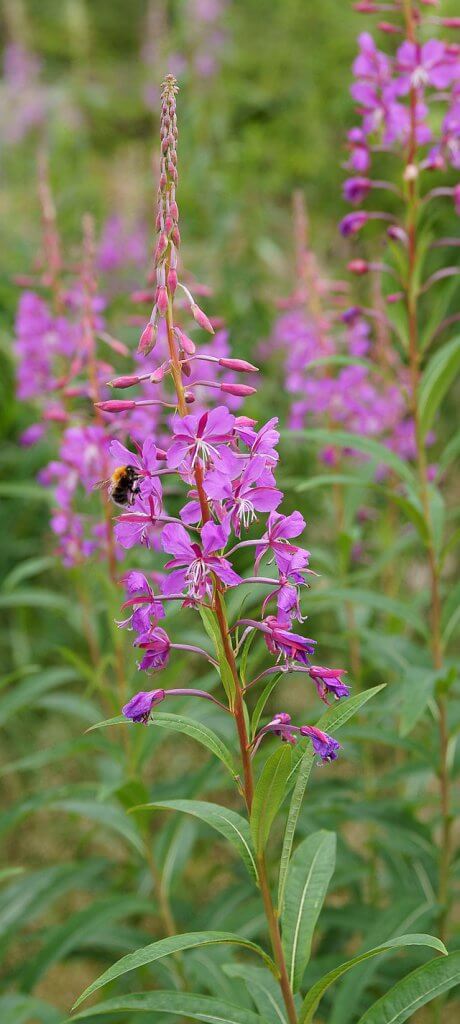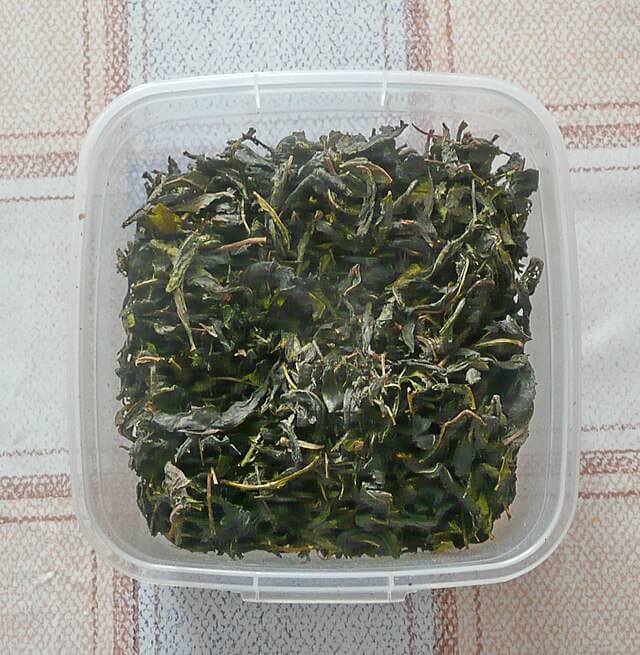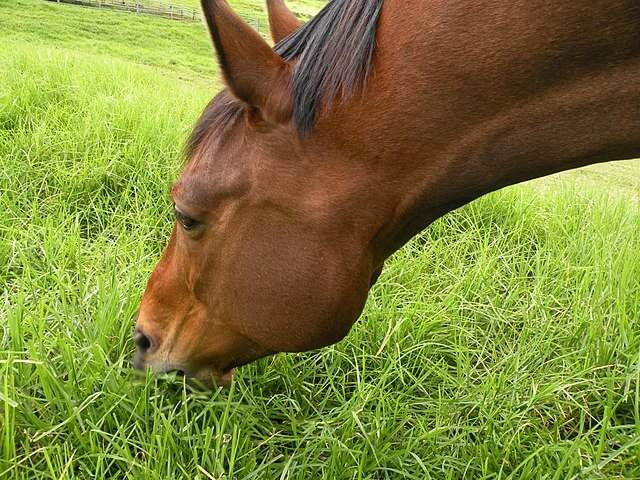Fireweed (Chamerion angustifolium) is a tall, edible wildflower that’s common in many parts of the United States, but especially areas of the Pacific Northwest, most of the West, and the Northeastern United States. According to fireweed range maps, the Southeast US is the only area where the wildflower is not located. Fireweed is naturally from sea level to the subalpine zone in open meadows, along streams, roadsides, and forest edges.

Fireweed is has grown in Great Britain since late-glacial times. Its attraction as ornamental grass and its rapid growth has enabled its distribution across the world. With its ability to produce up to 80,000 seeds per plant, its also regarded as a pest in certain areas

Also known as “willowherb”, fireweed gets its name from its ability to be one of the first plants to repopulate burned woodlands and flourish on the burned-over ground.
Fireweed Edibility and Culinary Use
In the Northwest US, fireweed is used as a food source for both animals and humans. Fireweed can be consumed in many ways including as greens or as an oilseed. The leaves of this edible wildflower are most commonly used to make tea or salads.
Native Americans highly valued fireweed for tea and as a food source. The shoots are harvested and eaten as a spring vegetable, similar to asparagus. Due to the fact that fireweed is very small in size compared to most other plants and wildflowers, it’s not usually harvested for edible purposes. Still, the entire plant can be eaten except for its roots which may contain toxic alkaloids.
The leaves can be eaten raw, boiled into a tea, or dried and ground into a powder for later use. Fireweed has a long history in Russia where it’s better known as “Korporye tea”. During its Russian occupation, the Pacific Northwest had a thriving fireweed tea industry.

If you plan on making tea, you must process the leaves before you steep them, similar to black tea without caffeine. Fireweed tea is made by stripping the leaves of the stalks, crushing the leaves, and allowing them to oxidize and ferment before drying them. You can then steep the tea leaves as you would any loose leaf black tea leaves. Fireweed tea has a taste similar to black tea with a fruity, pineapple-like aroma to it.
Fireweed flowers generate an immense amount of nectar which can be harvested to create rich, honey, syrups, and jelly. One way to make fireweed jelly is made by first taking fireweed flower blossoms and boiling them in water until the color is removed from the blossoms. Next, you strain the juice out of the fireweed blossoms, add butter and lemon juice, and add heat. Add Sure-Jell, and bring to a hard boil for 1 minute. Add sugar and boil for another minute, then skim the top of the jelly. Pour into jars and process in a hot water bath for 10 minutes and allow to cool.
Fireweed Health Benefit
Fireweed is packed full of antioxidants and is known for its ability to reduce inflammation. Fireweed is also regarded for its ability to lessen pain, tumors, and enlarged prostates. Firewood tea is used to treat gastrointestinal problems such as diarrhea and dysentery.
Fireweed’s astringent properties make it great for treating conditions such as colitis, mucous, and irritable bowel syndrome. Externally, it’s used to treat minor burn injuries, ulcers, skin rashes, and other skin conditions.
The shoots that are harvested in the spring are high in Vitamins A and C, making it a healthy addition to your diet.
Fireweed’s ability to produce large amounts of nectar makes it particularly beneficial to bee populations, thereby making it beneficial to promoting the growth of fruits, vegetables, and other food crops.
Fireweed Cautions
Since the plant is mainly found growing near streams, lakes, and roadsides in most areas of the United States it’s not advised to consume fireweed that may have been contaminated by chemicals or heavy metals from passing cars or polluted waters. If you choose to eat this wildflower for any reason, make sure it’s fresh and clean before doing so.
Fireweed is particularly toxic to horses. Care should be taken to prevent horses from consuming fireweed as it contains grayanotoxin which affects the equine nervous system as well as skeletal and cardiac muscle.

Fireweed is an aggressively growing plant. Its ability to quickly grow in areas that have been burned down by wildfires or other fires can also make it a weed that will take over your garden. Be careful when considering planting fireweed in your garden because you could be starting a war with the plant for your growing space.
Conclusion
Fireweed has an important part to play in the Pacific Northwest, especially because of its ability to grow in areas that have been affected by the forest fires that ravage the Pacific coast. This wildflower is perfect for creating comforting teas and spicy jellies that have a plethora of healing and restorative properties.
As long as you keep it away from your horses, this wildflower is perfectly safe for humans and other animals to consume.
—————Written by Jared DeValk
Jared DeValk is an author, writer, and entrepreneur who in his free time can be caught hiking, planting berry bushes, or doing home repairs and improvements. Jared's varied life experience and passion for research empassions him to write knowledgeably about many topics such as , Health & Wellness, Real Estate, Finance, Business, Cryptocurrency, Home Improvement, Agriculture, Camping/Hiking, and many more. Jared can be reached directly for speaking, marketing, and writing inquiries at JaredDeValk.com.
Many of our readers find that subscribing to Eat The Planet is the best way to make sure they don't miss any of our valuable information about wild edibles.
See our privacy policy for more information about ads on this site







4 Responses
You said fireweed was small!
“Due to the fact that fireweed is very small in size compared to most other plants and wildflowers”
At least in the Pacific Northwest it’s huge and grows up to 8-10 feet in height.Could it even be one of the biggest wildflowers?
I’m sorry. Russian occupation in the Pacific Northwest?? When was this??
From 1732 to 1867, the Russian Empire laid claim to northern Pacific Coast territories in the Americas. Russian colonial possessions in the Americas are collectively known as Russian America (Russian: Русская Америка, romanized: Russkaya Amerika; 1799 to 1867).
https://en.wikipedia.org/wiki/Russian_colonization_of_North_America#:~:text=from%201732%20to%201867%2C%20the%20russian%20empire%20laid%20claim%20to%20northern%20pacific%20coast%20territories%20in%20the%20americas.%20russian%20colonial%20possessions%20in%20the%20americas%20are%20collectively%20known%20as%20russian%20america%20(russian%3A%20%D1%80%D1%83%D1%81%D1%81%D0%BA%D0%B0%D1%8F%20%D0%B0%D0%BC%D0%B5%D1%80%D0%B8%D0%BA%D0%B0%2C%20romanized%3A%20russkaya%20amerika%3B%201799%20to%201867).
Can anyone confirm the presence of grayanotoxin and/or fireweed’s toxicity to horses? I can’t find any sources that discuss this.